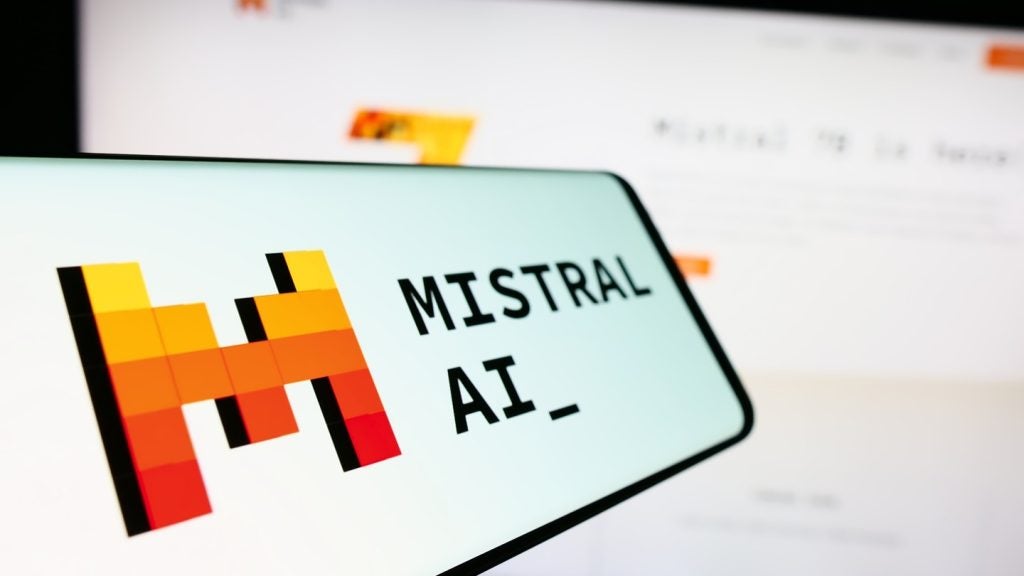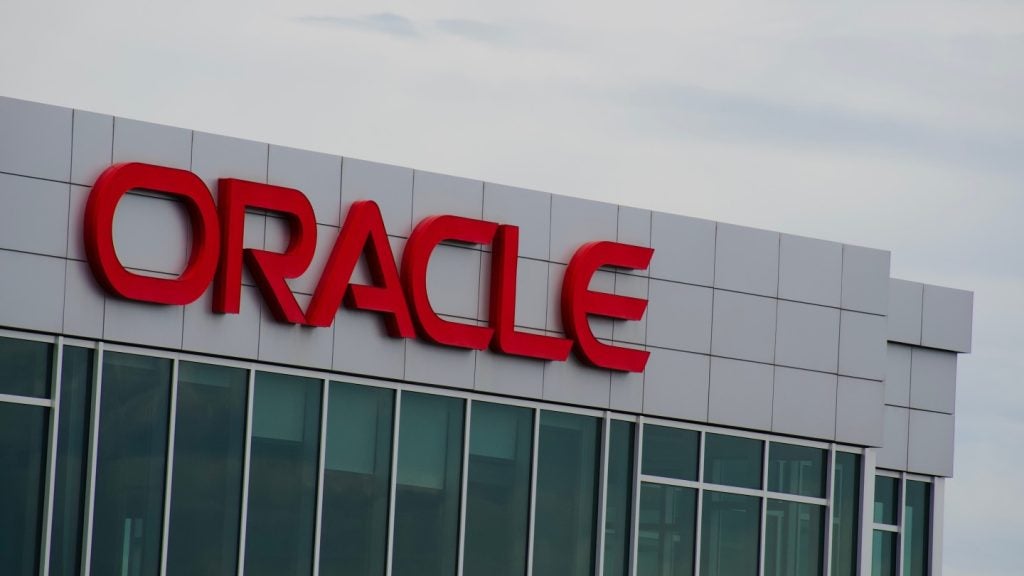
Scientists in Australia have claimed a major breakthrough in the race to build the next generation of superfast computers using quantum physics.
Scientists at the University of New South Wales (UNSW) in Sydney, Australia, have created quantum bits, known as qubits, by perfectly positioning and encapsulating individual phosphorous atoms within a silicon chip and observing these qubits communicating with each other.
Qubits are a necessary component of quantum computers. These computers have the potential to be many times more powerful than existing computer technology.
A process called entanglement allows one atom to communicate with and affect the state of another. This process also means the atoms can transfer information between one another at a more efficient rate.
Although this is not the first time qubits have been entangled, the current entanglement record is held by Chinese researchers who have entangled ten qubits in aluminium, it is the first time entanglement has been achieved in silicon with single atoms.
Using silicon as a host for qubits means the scientists can scan to find out the exact physical location of the atoms in the silicon chip.
How well do you really know your competitors?
Access the most comprehensive Company Profiles on the market, powered by GlobalData. Save hours of research. Gain competitive edge.

Thank you!
Your download email will arrive shortly
Not ready to buy yet? Download a free sample
We are confident about the unique quality of our Company Profiles. However, we want you to make the most beneficial decision for your business, so we offer a free sample that you can download by submitting the below form
By GlobalDataThis makes UNSW’s researchers the first group of scientists who can see the exact location of qubits in a solid state.
UNSW’s breakthrough regarding entanglement follows two other recent developments by the Australian university using its qubits positioned within silicon.
The scientists have created a quantum circuit with the lowest recorded electric noise of semi-conductor device and the electron spin of the phosphorous atom qubit with the longest lifetime ever reported in a nano-electric device.
The study was led by Australian of the Year quantum physicist Michelle Simmons. The report was published in the journal Nature Communications.
What this means:
Knowing the exact location of a qubit means the researchers can use their silicon model to collect more data meaning the scientists can improve their model further with the short-term goal of entangling ten qubits in five years.
Simmons said in a statement published by UNSW:
“Our competitive advantage is that we can put our high-quality qubit where we want it in the chip, see what we’ve made, and then measure how it behaves. We can add another qubit nearby and see how the two wave functions interact. And then we can start to generate replicas of the devices we have created.”
She told Guardian Australia:
“The great thing is that the devices are small enough that we can make predictive models for the theory. Every time we get results we benchmark that with a theory and that helps us understand the system so much better.”
“We’re using what we’re building to help us build it.”
Achieving the longest reported lifetime of an electron spin is an important development because, according to Simmons, “the longer the lifetime, the longer we can store information in its quantum state.”
This breakthrough could help to solve a major issue facing physicists attempting to create quantum computers – keeping qubits in a quantum state that allows them to perform their calculations quicker.
Co-author of the study Dr Matthew Broome, formerly of UNSW and now working at the University of Copenhagen, explained the long-term application of UNSW’s recent success in discovering the positioning and spin correlation of qubits:
“Using electrodes that were patterned onto the chip with similar precision techniques, we were able to control the interactions between these two neighbouring qubits, so the quantum spins of their electrons became correlated.”
“This is a major milestone for the technology. These type of spin correlations are the precursor to the entangled states that are necessary for a quantum computer to function and carry out complex calculations.”
Simmons added:
“The combined results from these three research papers confirm the extremely promising prospects for building multi-qubit systems using our atom qubits.”
Multi-qubit systems are defined as basic quantum computers.
Background:
Quantum computers are designed using the principles of quantum physics, the study of behaviour of matter and energy at the molecular, atomic, nuclear and potentially even smaller microscopic levels.
They will have more computational power than traditional computers.
Traditional computers function by storing data in bits which change between the binary format of one and zero.
Quantum computers’ qubits, in comparison, can exist in states of zero, one or a superposition of those two states meaning they can perform calculations in both states simultaneously, which significantly speeds up those calculations.
Quantum computers are viewed to have important uses in areas such as breaking cryptography and encryption strategies, improving artificial intelligence solutions and optimising long-term searching.
Since 1985 when David Deutsch of Oxford University first put forward the idea of quantum logic gates as a method to harness quantum power within a computer, scientists have worked hard to move towards producing quantum computers.
Google, IBM and Microsoft have been leading the race to reach quantum supremacy, the point in time when a quantum computer can outperform a standard supercomputer.
In November, IBM announced it had developed a quantum computer with 50 qubits.
Microsoft announced it was “imminently close” to unveiling its own qubit in January.
Its qubit is created by using a process called fault tolerance where electrons are fragmented so that the same piece of information can be held in multiple places at the same time.
On Monday, Google revealed it has created a 72-qubit computer, called Bristlecone. Google’s qubits are not entangled.
In a blog post, Google research scientist Julian Kelly said:
“We are cautiously optimistic that quantum supremacy can be achieved with Bristlecone and feel that learning to build and operate devices at this level of performance is an exciting challenge.”
Bristlecone will be used to test for system error rates, the scalability of Google’s qubit technology and for potential applications of quantum computer technology.







